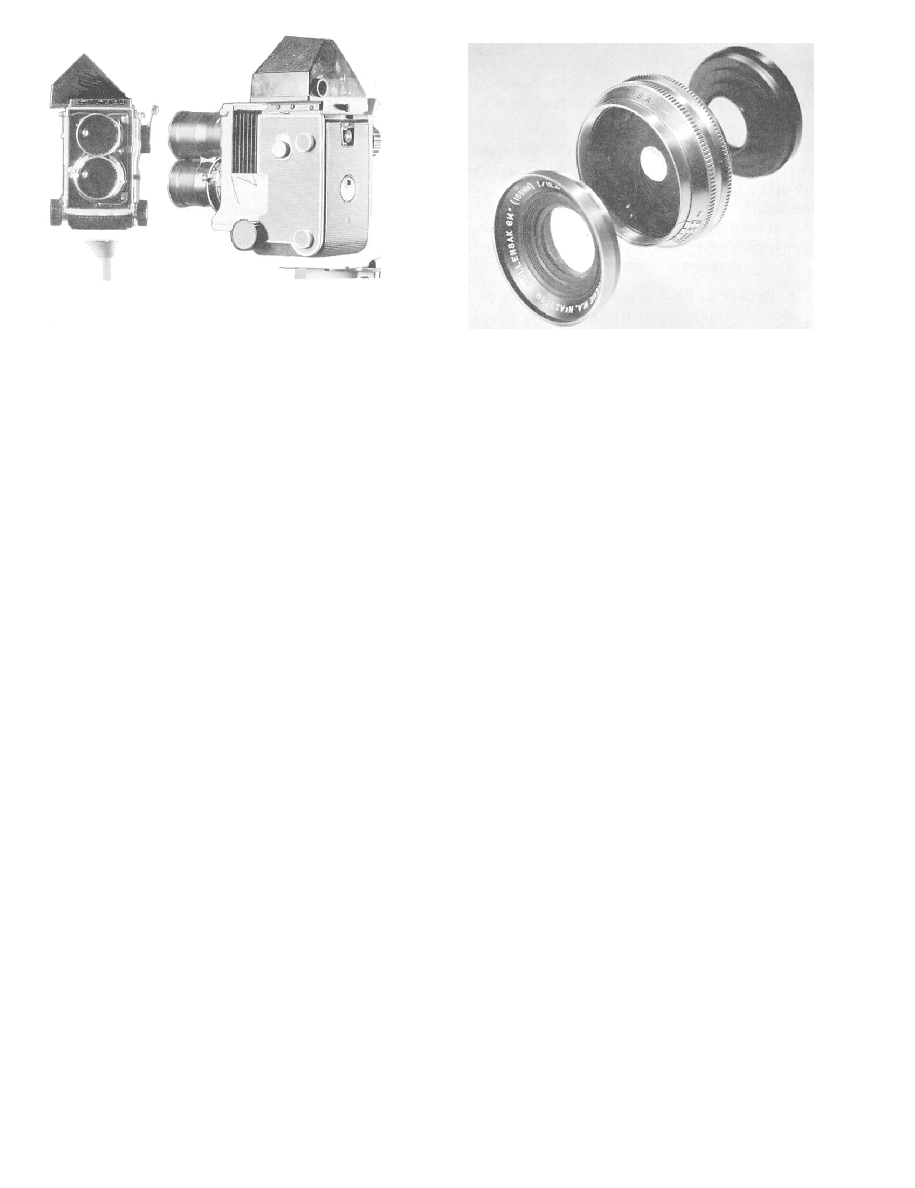
DOFMaster
for Windows
On-line
Depth of Field
Calculator
DOFMaster for Mobile Devices
On-line
Depth of Field
Table
Hyperfocal
Distance Chart
Articles
FAQ
Recommended
Books
Support
Contact
Links
Home
for Windows
On-line
Depth of Field
Calculator
DOFMaster for Mobile Devices
On-line
Depth of Field
Table
Hyperfocal
Distance Chart
Articles
FAQ
Recommended
Books
Support
Contact
Links
Home
As an Amazon Associate I earn from qualifying purchases.
![]()
the view and make it impossible to photograph an
assembly directly. Frequently, a mirror can be used to
your advantage in product photography. A mirror placed
at the proper angle and distance shows the opposite side
of an object in the reflection, while the camera records
the front side directly (fig. 6-13). For example, in
photographing an object for damage assessment where
the damage is on two or more surfaces, you may find it
difficult or impossible to show all the damage in one
view without the aid of a mirror. In such cases, the value
of a picture may be greatly increased by showing all of
the damage in one picture. One instance would be in
photographing a cylinder that has been scored or
cracked on the inside as well as damaged outside. Both
surfaces may be shown in one view by using a mirror.
assembly. When it is impossible to position the camera
and see the part or object directly, the problem may be
solved by using a mirror to reflect the image of an
assembled part.
undesirable reflections. Often a screen can be set up to
block the reflection of unwanted objects.
back sides of the object must be evenly balanced;
otherwise, the mirrored image appears too dark or too
light. Direct the light on the object from the mirror side
as well as the camera side. When it is impossible to place
a light on the mirror side of the object, use the mirror to
reflect the light onto the back side of the object. This
requires careful placement of the camera in relation to
the light source to avoid strong rays of light from
entering the lens. Spotlights are usually more suitable
than floodlights as sources of illumination, because a
beam of light is easier to control.
focusing on a reflected image, the lens must be set for
the distance from camera to mirror PLUS the distance
from subject to mirror. This naturally requires a much
greater depth of field than is ordinarily required.
Basic Photography Course

As an Amazon Associate I earn from qualifying purchases.
WWW.DOFMASTER.COM
© 2006 Don Fleming. All rights reserved.
© 2006 Don Fleming. All rights reserved.